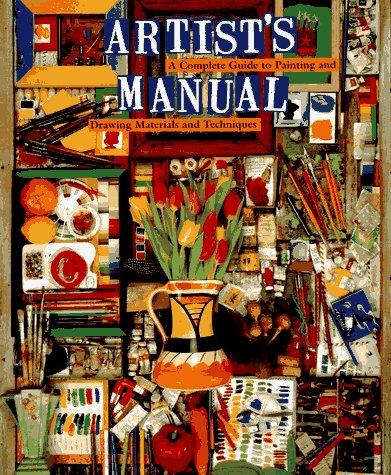While walking around Seattle, Kiersten and I ventured down to Pioneer Square and bounced into the different shops and galleries. One notable shop was a huge bookstore called the Elliot Bay Book Company, which spiraled on in different directions and levels, full of nooks and crannies and endless diversions. Perusing the art section brought me to the book which would occupy much of the 7 hour flight back home:

As someone who attends a life drawing group session (as an artist), it was fascinating to read about life drawing from the point of view of the model. The first few chapters cover the history of life modeling, and some of the early quirks (such as male artists only being able to attend life drawing classes if they were married) to current cultural quirks (differences between being naked vs. nude, social gender perceptions, and relationship interactions). I really enjoyed the commentary on some of the paradoxical social quirks and double standards, and also the model's quotes throughout the book. For a fascinating read (especially for anyone who's drawn the figure), be sure to check it out.










